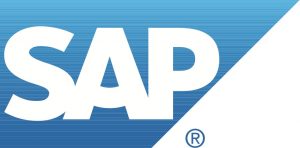This blog post is an excerpt from GovLoop’s recent report, “Creating an Intelligent Government With Data” Download the full report here.
Government’s data has the potential for tremendous, life-changing insight, and must be leveraged. Successfully leveraging data will be dependent on creating a culture that is open and transparent, one that values evidence over intuition and is based on an organization-wide “single source of truth” that integrates interorganizational and external data.
In order to do this, governments must integrate operating and experience data from internal and external sources to create a baseline set of facts that informs their decision-making. And they must also make the data available to constituents to build trust and foster a more fluid give-and-take of data.
That means that governments must begin by sharing data across their own agencies to develop an integrated picture.
Currently, the silos that bottle up data are perhaps the biggest barrier to meeting the proposed vision. Once these silos have been broken down, however, agencies will be able to share data and use predictive and simulation technologies to improve strategic planning and policy-making.
Below are three ways to get there:
1. Integrate your diverse data sources.
Data is the currency of digital transformation. Yet within most public sector organizations, data is scattered among multiple applications, files, data warehouses, data lakes, and public and private clouds.
2. Integrate your diverse data.
Your data comes to you structured, semi-structured
and unstructured. It may be spatial, chart, numeric, geographic, time series, relational or JavaScript Object Notation (JSON), for example. Integrating these different types of data is extremely complex. Yet it’s a prerequisite for becoming an intelligent enterprise.
3. Simplify your data landscape.
Today, public sector organizations often lack a 360-degree view of their data and data landscape. With different databases and apps to support the organization, centralized solutions are not being used to manage it all. Intelligent public sector organizations use process automation and a centralized, easy-to-use platform and interface to simplify access to data so stakeholders at all levels can participate with data specialists in the development of creative initiatives and solutions.
Better data leveraging is only one of four ways that will lead governments to make analytics-based, transparent and accountable decisions. To learn more about the three other tracks to this goal, download our full report here.





Leave a Reply
You must be logged in to post a comment.